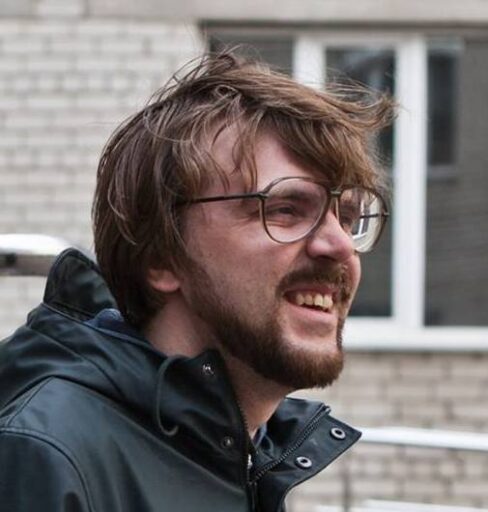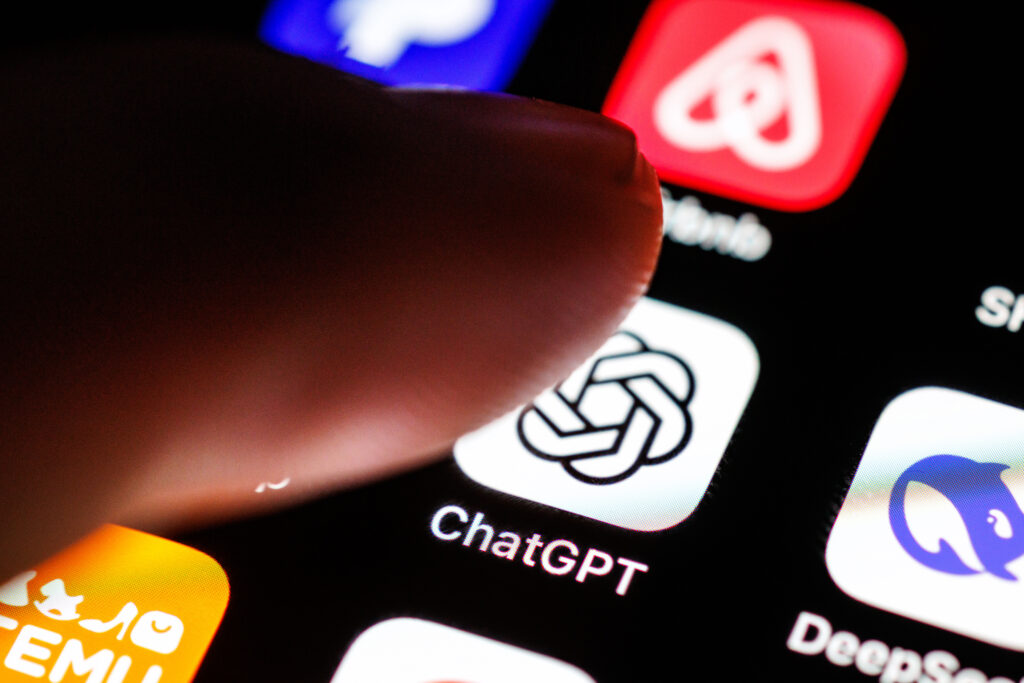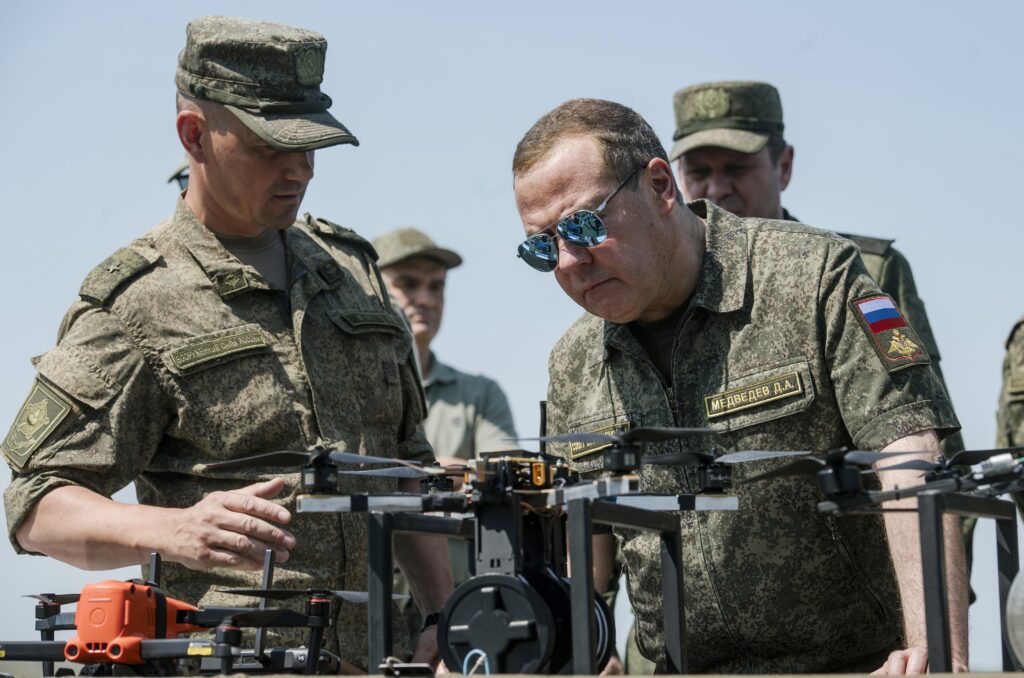A few years ago the Russian authorities reintroduced certain Soviet practices of governance, and now they are invoking past experience on a greater scale. However, Vladimir Putin and his entourage are restoring not the canonical USSR but the ‘proper’, from their point of view, country of Soviets. Paradoxically, this USSR 2.0 resembles a large corporation. Many Russian citizens are nostalgic for the Soviet past and will clearly support these moves, although what they are dreaming of in the first place is the reinstatement of that era’s social guarantees. The management of the Soviet corporation wants to earn the profits offered by a free-market economy and to maintain a rigid Soviet-style management hierarchy at the same time. They do not intend to share their profits with citizens, who are treated as their subordinates. This contradiction could trigger social discontent in the future, although so far the Kremlin has successfully used Soviet symbols and practices for PR purposes.
Blast from the past
The Russian authorities have been deliberately exploiting Soviet symbols since the beginning of the war in Ukraine. During the Victory Parade (a sacred event for the Kremlin) military vehicles were decorated with red flags. These flags together with the Soviet Banners of Victory have been appearing over the administrative buildings of captured Ukrainian towns. Military staff are restoring monuments to Lenin in occupied towns. Other Soviet traditions have also been brought back, such as the renaming of streets after the most recent heroes. These now include Alexander Zakharchenko, head of the self-proclaimed Donetsk People’s Republic (DPR), and Vladimir Zhoga, commander of the DPR’s Sparta battalion. The Kremlin is creating a new civic youth organisation, headed by Putin, which will be run directly by a former government official. Moreover, pro-government tabloids and TV news are presenting this initiative as a revival of the Soviet ‘pioneers’ (Soviet scouts).
The revival of the Soviet past has made its way into real life as well. The Russian Ministry of Education has officially announced that it will be leaving the Bologna system. ‘I am still convinced that the Soviet approach to education has historically been the most advanced and most progressive in the world, and steps forward must be made with this in mind’, Nikolai Patrushev, the secretary of Russia’s Security Council and one of the most influential men in the Kremlin, said in April. The country’s regions are bestowing ‘patronage’ on towns and municipalities in the Donbas. The word itself and the institution of patronage are also signs of a Soviet past that has not been fully forgotten.
Putin’s tragedy
The topic of the USSR has long been a sensitive one for the Russian leadership. Putin has repeatedly referred to the collapse of the Soviet Union as a ‘tragedy’, and even as ‘the greatest geopolitical catastrophe of the century‘.
‘After all, what was the collapse of the Soviet Union? It was the collapse of the historical Russia known as the Soviet Union. We have become an entirely different country. What had been built over a thousand years was lost to a large extent. It was a great humanitarian tragedy, no exaggeration’, the Russian president argued in a film titled Russia: Contemporary History.
In 2017, Putin told the American filmmaker Oliver Stone that ‘the social safety net was completely destroyed, whole sectors of the economy stopped operating, the healthcare system was almost ruined, the army was in a deplorable state, and millions of people fell below the poverty line’.
In his book About Yesterday, Defence Minister Sergei Shoigu expresses explicit criticism of Soviet life and the Soviet system of governance, although undisguised nostalgia for those days comes to the fore. Shoigu describes how specialists who worked in the Far North and Siberia were able to afford scarce goods and did not have to worry too much about making a living.
Steps back
In one way or another, the Russian authorities started introducing Soviet elements into the system of governance long ago. The state establishes and controls large, influential state-owned corporations. The largest oil company, Rosneft, is a state-owned corporation, as is the gas monopoly Gazprom. State-owned Rostec controls the car manufacturers AvtoVAZ and KAMAZ. A large stake in Russia’s largest and most popular bank, Sberbank, is also controlled by the state. Rosatom is owned by the state as well. Russia’s public sector of the economy has expanded over the years, and this could not have happened without Putin’s approval.
Some state-owned companies — for example, Sberbank — are quite successful from an economic point of view, and they are no strangers to advanced managerial techniques. With some caveats, Rosatom, which before the war was involved in nuclear power projects in Finland and the Czech Republic, can be cited as a successful example. And Putin is clearly fond of this touch of modernity; business has to keep up with the world, but it’s better if it’s state-owned. It’s part of a tradition. And this tradition is Soviet in style.
Vladimir Putin is suspicious of private entrepreneurs, and he is open about it. For example, the TASS columnist Andrey Vandenko asked the Russian president in an interview whether he considered entrepreneurs to be ‘crooks by definition’. ‘It’s not unfounded, you know? Yes, I say it with a heavy heart, so to speak. What are the grounds? First of all, all so-called small businesses in our country in the noughties dealt with trade. Well, virtually all of them’, Putin admitted. Just to make sure, Vandenko asked: ‘Do I understand correctly, a trader is a crook?’ The president continued to open up: ‘In the national consciousness, as we say. You know, I am also part of this nation.’
Truth be told, in the early and mid-2000s, the authorities made no visible attempts to restore the Soviet political system. The former First Deputy Chief of Staff of the Presidential Administration who was the core of it, Vladislav Surkov, was building a so-called sovereign democracy. This form of democracy was supposed to be competitive but follow rules different from those in the West. Competition existed in the political system, but it was manageable. Although United Russia was a party of officials, it had to resort to certain stratagems to win a majority in the State Duma and local parliaments. It had to lure strong candidates into its ranks or remove them (although excluding them from membership was not that common in the mid-1990s) and engage in fraud at polling stations. Why did this happen? Putin has always loved sports. The competitive spirit was important to him at the time. The president promoted an image of himself that was created back then by experienced spin doctors. He passed as a macho sportsman, and at least some semblance of competition was an important part of this image. The Soviet paper-pusher was not elected; he was a tedious and plainly dressed man who lectured onstage.
However, Putin was getting older and his whims were changing. Back in 2011, the All-Russia People’s Front was set up by Vyacheslav Volodin (then Deputy Prime Minister) in the run-up to the State Duma election. United Russia’s ratings were quite poor, and the new movement could become an umbrella for the ruling party. It was equally important that Putin himself (then the prime minister) became the leader of the new structure and benefited from it. Volodin accurately guessed that nostalgia for the Soviet past would be awakened in the head of government. The All-Russia People’s Front was designed with Putin’s German background in mind, as he served in the GDR. The National Front existed in that Soviet-controlled state at the time. It comprised several parties but was subordinate to the Socialist Unity Party of Germany (aka the East German Communist Party). Volodin built a retro-movement for Putin in an export-oriented, rather than Soviet, fashion. The All-Russia People’s Front differed from the National Front of the GDR in that the Russian movement was by definition a one-man, rather than election-based, party. For several years, experts expected Putin’s movement to absorb United Russia and several smaller pro-governmental parties, but this did not happen. For a while Putin was really keen on leading the Front as a rallying point for his loyal activists, but then he switched to formats of communication targeting a wider audience. The forum of the All-Russia People’s Front was replaced by nationwide phone-ins and similar events. This may have been because Volodin did not manage to finish creating the All-Russia People’s Front, as he found it easier to manage the established political system.
A ‘proper’ USSR
Sergey Kiriyenko, who replaced Volodin as the Kremlin’s political handler, came up with a new pastime for Putin: the so-called Leaders of Russia staffing competitions, involving schools and training for officials. At first glance these initiatives were not Soviet in style and had much more in common with corporate practices. But this is only at first glance. All sorts of competitions and personnel training took place in the Komsomol, the youth organisation of the Communist Party of the Soviet Union (CPSU). Young Komsomol members could climb the party ladder thanks to such competitions, first in the Komsomol and then in the ranks of the Communist Party. The winners of Kiriyenko’s contests became officials and deputies, and this enrolment practice could be called the new Komsomol. The CPSU was also active in involving party activists in various training activities. All these formats are very familiar to Putin.
Kiriyenko combined Soviet and modern corporate practices, a synthesis that resonates with Putin’s ideas. The Russian president and his entourage yearn for aspects of Soviet life and institutions, but not all of them. Putin, for example, has spoken disparagingly of the CPSU. ‘The Soviet Union ceased to exist under the tactful guidance of the Communist Party. Clearly, there is nothing to rejoice about, but whether good or bad, it is a historical fact’, he stated in 2018. And in 2021, he called the CPSU’s leading role a ‘delayed-action mine’ that, in his view, led to the country’s collapse.
The size of the Soviet territory and some Soviet practices and traditions are valued by the Russian president and his entourage. The possibility of state intervention in the economy is perceived as beneficial, so is the state’s influence on youth education and youth policy. Staffing competitions and training are welcomed by the Kremlin, too. The main component of the Soviet regime — its partisanship and ideology — is not to Putin’s liking. Party leadership limits the role of the only leader and implies consultation, while the Russian president wants to be the sole boss of the entire state. Ideology implies some kind of a positive project and future-forwardness (in the case of the CPSU, that goal was the construction of communism). The Putin regime has no such project; attempts to invent one have proved futile. The Russian elite does not want to hand over the entire economy to the state, as in the Soviet days. The elite has already enjoyed the benefits of a free-market economy and does not want to give up the perks completely. These contradictions are leading to the formation of a complex hybrid.
Putin wants to bring back the powerful state of the past called the USSR, but he sees many flaws in it. Partisanship and ideologisation limit his power, so they are rejected under the USSR 2.0 project. An attempt at full nationalisation of the economy would deprive the president’s entourage of the profits they are used to. However, some symbolic things — pioneers, installation of monuments, the Soviet system of education — can be reinstated, as the Russian elite and many citizens are nostalgic for them. It is possible to apply Soviet practices that in many ways resemble corporate practices. The Kremlin is moving towards a corporate state, which is very convenient for Putin and his elites. The boss of the corporation is not constrained by party or ideological beliefs; he is above them and rules alone. Corporations have a rigid vertical chain of command, which Putin also finds familiar and understandable. It is impossible to imagine a general secretary of the CPSU at the helm of the pioneers, but Putin wants to be and will be the chief Russian pioneer. For him, power is not the party; he is the power. This man wants to rule the big state he used to live in.
It is quite possible that, if the self-proclaimed republics of the Donbas and South Ossetia are incorporated within Russia, the new state will be rebranded. For example, the word ‘union’ could be added to its name, and the name itself could be shortened to an abbreviated form similar to the four familiar letters. The propaganda message of ‘collecting the Russian lands’ is also obvious: ‘let’s claim ownership of our lands and live the old way’.
People born in the 1950s and 1960s, who form the backbone of the Russian elite, have their own ideas about the shortcomings of the Soviet system but are nevertheless nostalgic about it. They want to build their own, ‘proper’ USSR, and that is what they are trying to do. Paradoxically, the corporate structure largely coincides with this ‘proper’ image. The political leadership in the Kremlin understands this and meets the expectations of the president and his inner circle. The Soviet state corporation is under construction.
The majority of Russians would also like to be back in the USSR, and even young people who did not live in that period are nostalgic about the Soviet past. However, it is important to note that people long for social benefits in the first place. In the USSR, people did not experience difficulties finding a job with an average wage. Citizens received flats (even if that meant waiting in long lines); healthcare and education were for free, even though their quality left room for improvement. Nostalgia for the symbols and system of governance is not that important to ordinary citizens. And herein lies the fundamental difference between the wishes of the country’s population and its leadership. A corporation with elements of Soviet retro-design is built to generate profits for its management; it does not aim at the general welfare and has no intention of sharing its goods. This contradiction will at some point become obvious to Russians. Until then, the Kremlin will continue exploiting the nostalgia for the Soviet past for PR purposes by reviving Soviet symbols and individual practices.










